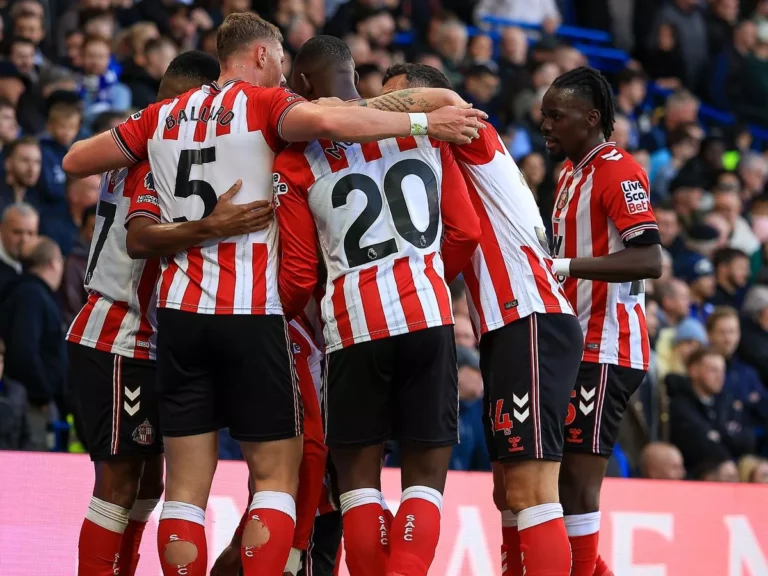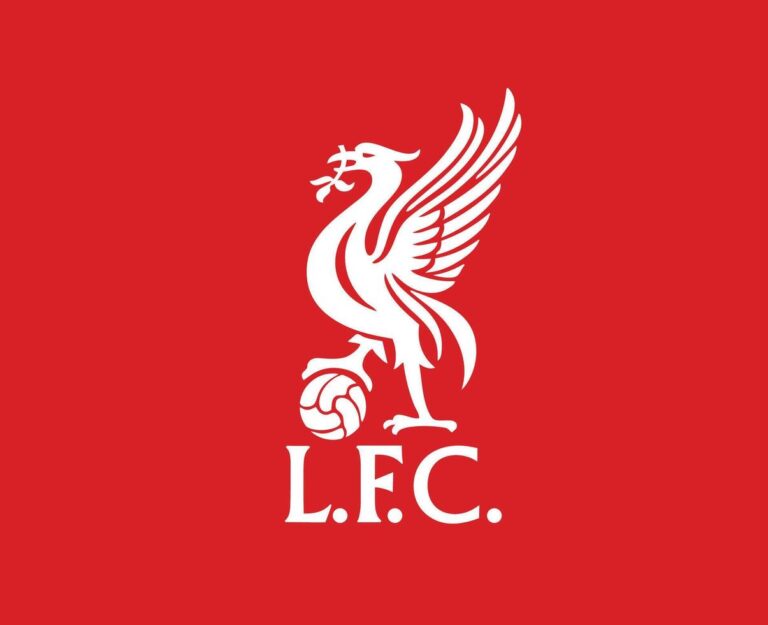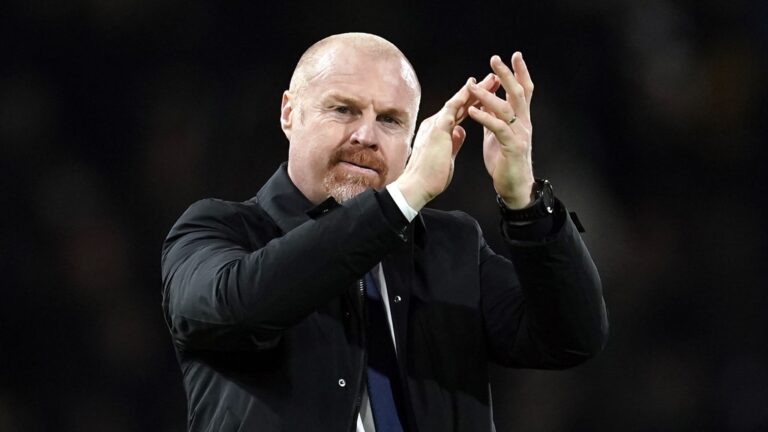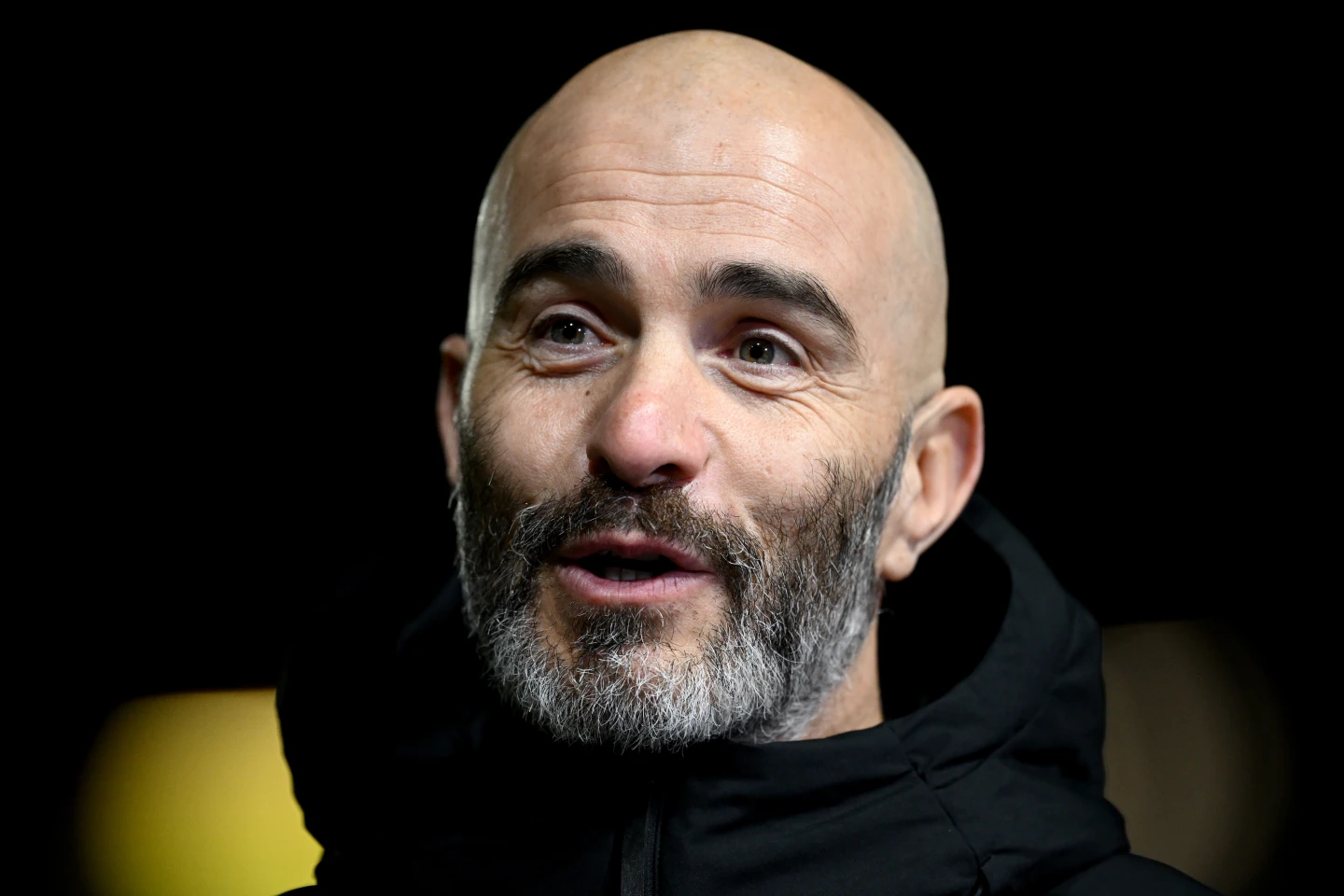
Former Leicester manager Enzo Maresca took over at Chelsea in the summer of 2024, following the disappointing tenure of Mauricio Pochettino. At first, Maresca didn’t come across as a particularly charismatic or persuasive figure—but behind the scenes, he was working relentlessly.
The Italian’s arrival at Stamford Bridge didn’t receive much media attention. Unlike Antonio Conte, he wasn’t making headlines or dominating the spotlight. But Maresca didn’t need to—his work on the pitch spoke volumes. Though he wasn’t charging down the touchline, he showed he knew exactly how to succeed at Chelsea Football Club.
Tactical Setup and Vision
When Maresca arrived, he implemented a new system. He focused on acquiring players who could make a strong offensive impact—creating chances in the final third, dominating possession, and scoring from inside the box.
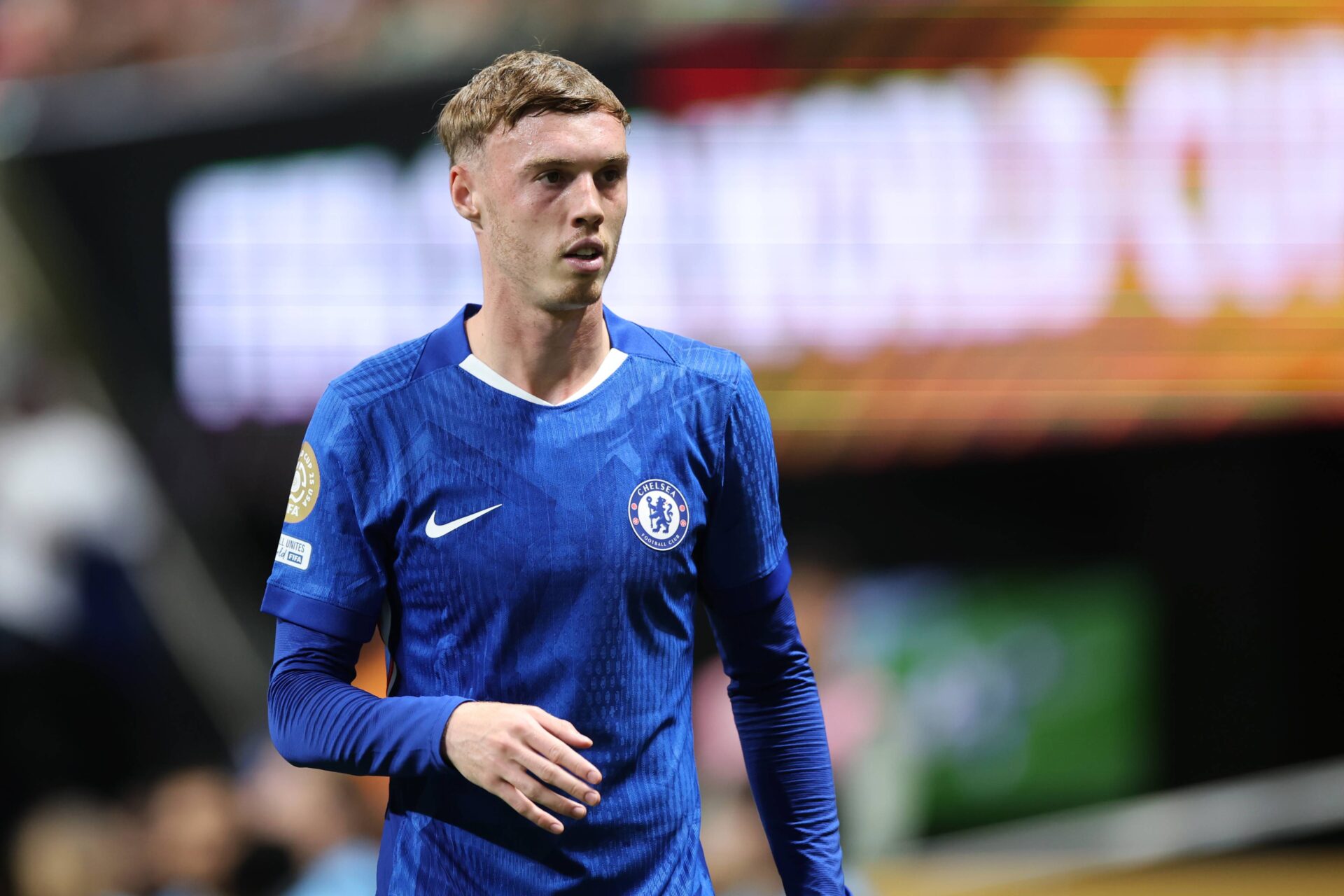
One of his first key decisions was promoting Cole Palmer as a central figure in attack. Palmer became crucial in ball progression into the box, using his dribbling, crossing, and sharp decision-making to link play and create opportunities. When the team faced a crisis, Palmer adapted as a midfielder, delivering accurate, dangerous passes under pressure.
After establishing Palmer’s role, Maresca turned to Noni Madueke, recognizing his ability to dribble quickly, cut inside from the right, and find shooting positions. At that moment, Madueke became the ideal winger for Maresca’s system.
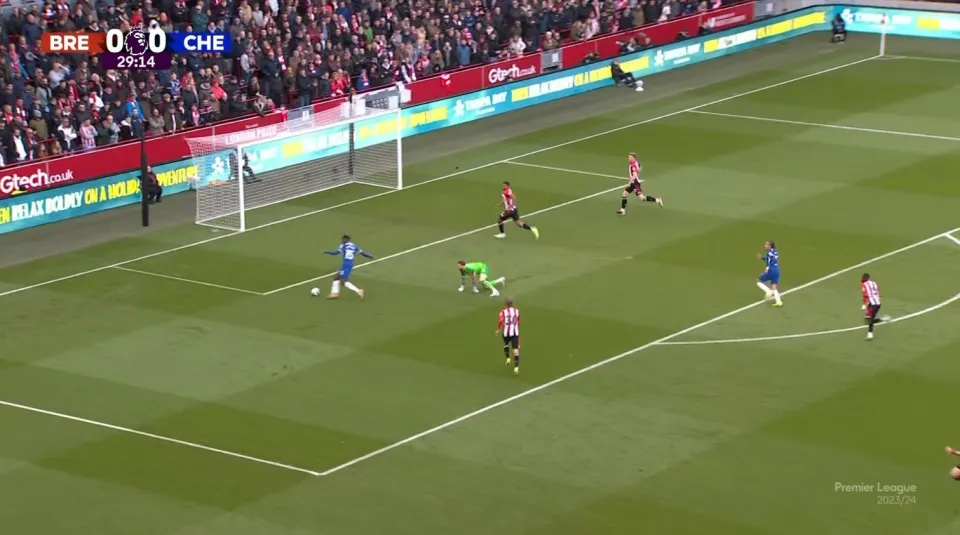
He then gave Nicolas Jackson a chance up front. Though Jackson missed many opportunities early on, he gradually improved under Maresca. At one point, Chelsea were second in the league—but soon, problems began. Other teams adapted to Maresca’s system, and Chelsea’s attack started to falter. They were creating far fewer chances, and Jackson was missing clear opportunities.
Critics thought Maresca’s momentum had ended. But this wasn’t the old Chelsea—there was no Roman Abramovich to fire a manager after one bad month. Instead, the club stuck with him.
Squad Challenges and Injuries
A key setback was the injury to Wesley Fofana, which significantly weakened Chelsea’s defense. Additionally, Maresca didn’t have a player like Pedro Neto in his first season—someone who could provide consistency, creativity, and composure on the ball. The team lacked concentration and often gave away possession cheaply.
Jadon Sancho was another underwhelming signing. However, Maresca worked to help Enzo Fernández adapt to his role, eventually turning him into a capable No. 10.
The Striker Problem
It was clear Chelsea needed a proper striker. They signed two, but all season, they lacked a consistent goal-scorer. During the Club World Cup, the impact of having a true striker—like João Pedro—was clear.
Had Chelsea signed João Pedro and Liam Delap a year earlier, they might have been in the Premier League title race. Jackson lacked agility, pace, and pressing intensity. Defenders knew he wouldn’t apply pressure and could be outpaced easily.
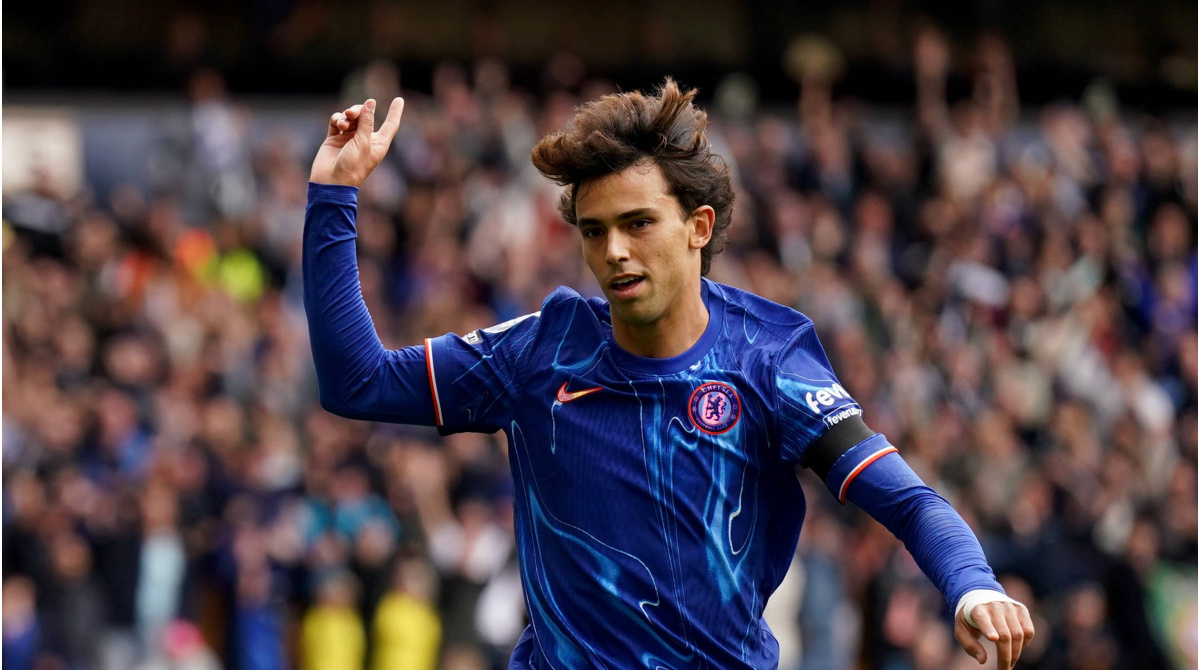
João Félix was a huge miss; he was loaned out mid-season. Christopher Nkunku didn’t perform in the Premier League either. He’s not a No. 9—more comfortable as a No. 10 or a left winger. In short, Chelsea had no true striker, even without Jackson’s issues.
Maresca’s Tactical Innovation
Maresca’s real genius lies in player positioning, adaptability, and individual development. He improves players by giving them game time, letting them learn and grow within the system—even if it doesn’t look great at first.
Take a look at the current Chelsea squad: many players who were already at the club in the summer of 2024 now outperform those signed in the most recent transfer window. Why? Because they’ve adapted to Maresca’s system, new arrivals haven’t yet.
A key example is Reece James. Maresca often used him in central midfield, creating an extra defensive layer. With Malo Gusto on the right and James centrally, Chelsea gained better balance and tactical versatility.
What Makes Maresca Stand Out
What sets Maresca apart is his use of:
- Direct dribblers
- Wide direct wingers
- Clever movement in the box
His tactical setup emphasizes intelligence, flexibility, and technical skill. While the system takes time to work, once it clicks, it transforms players—and the team—into something far greater than the sum of their parts.
